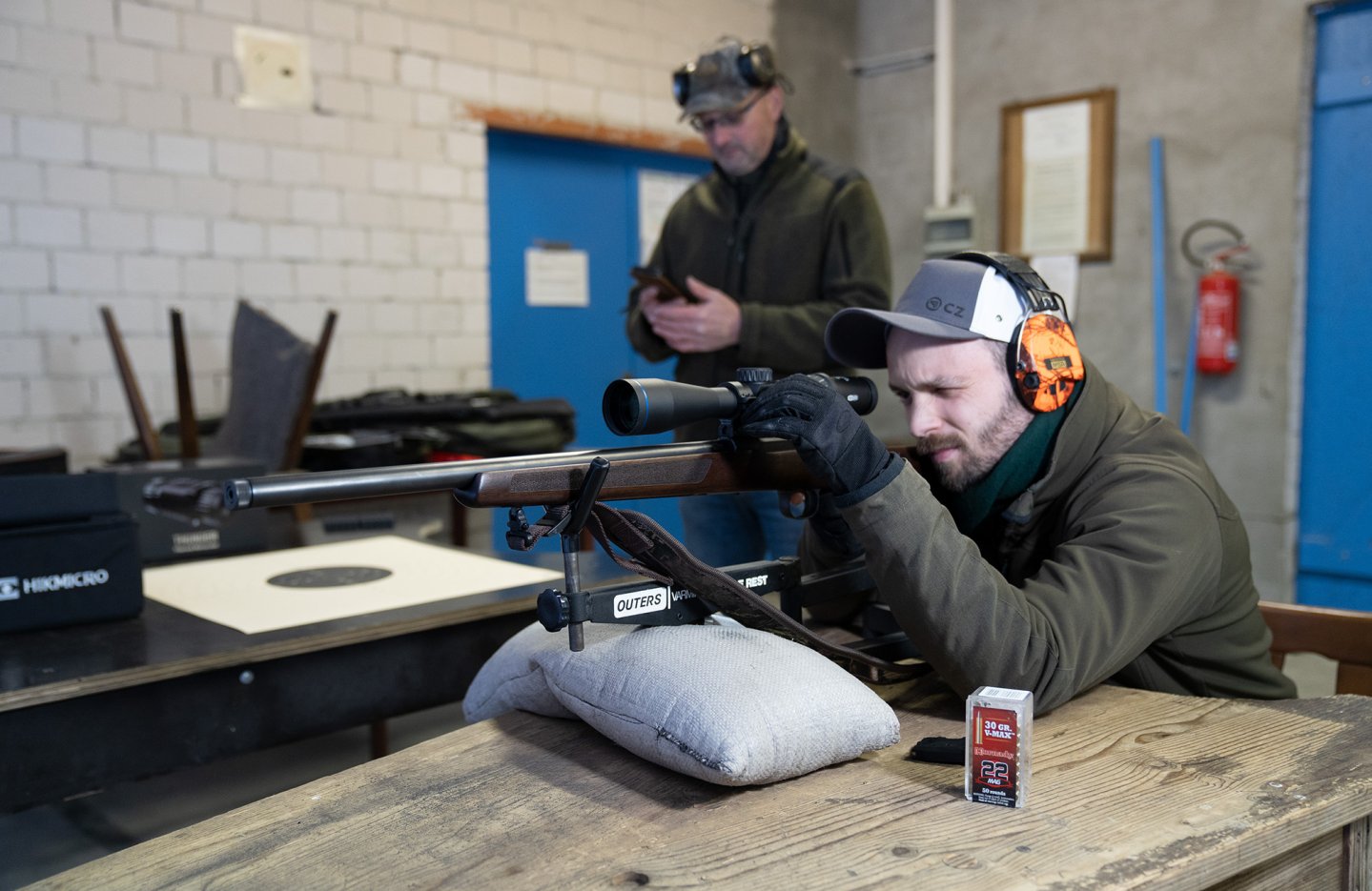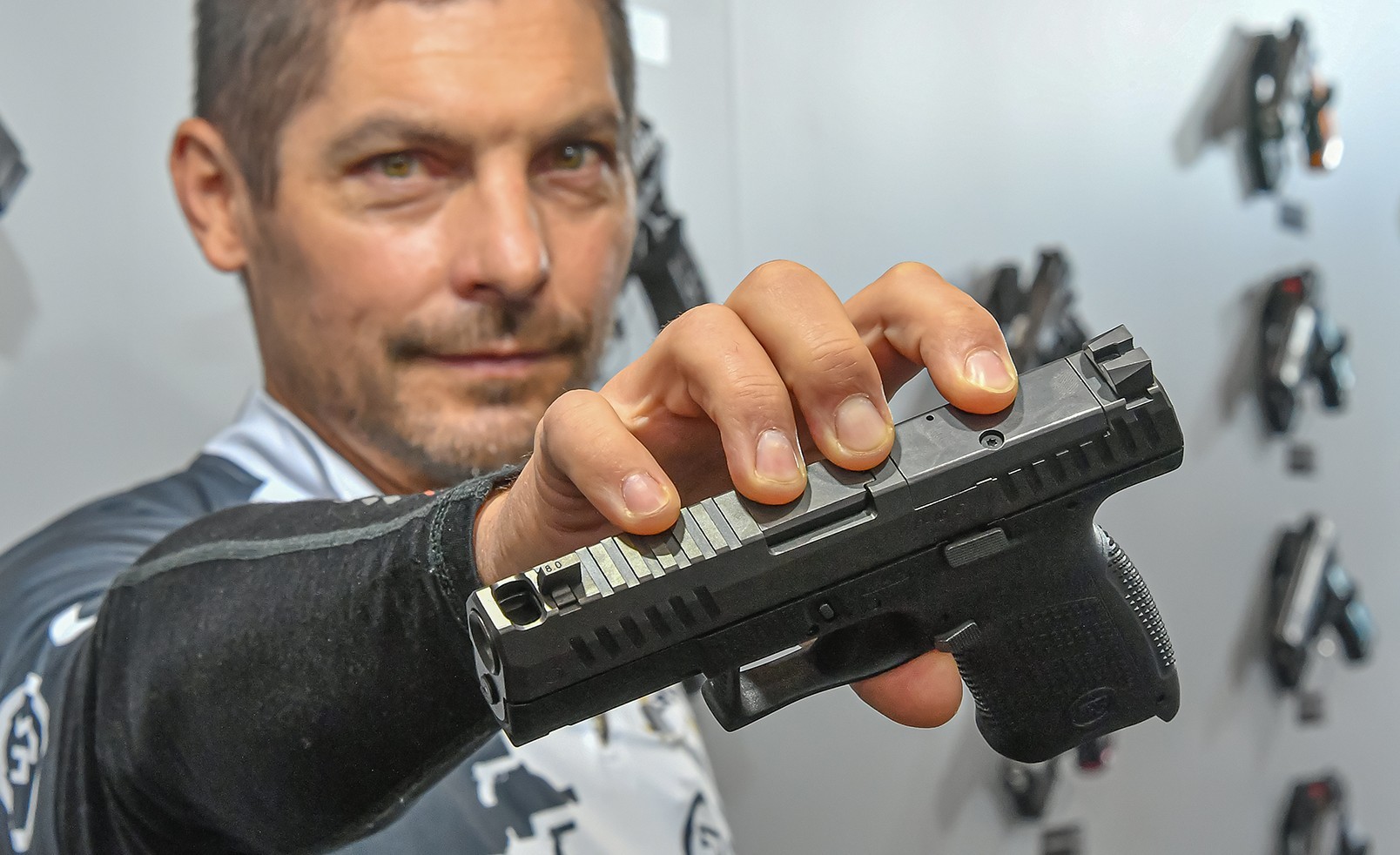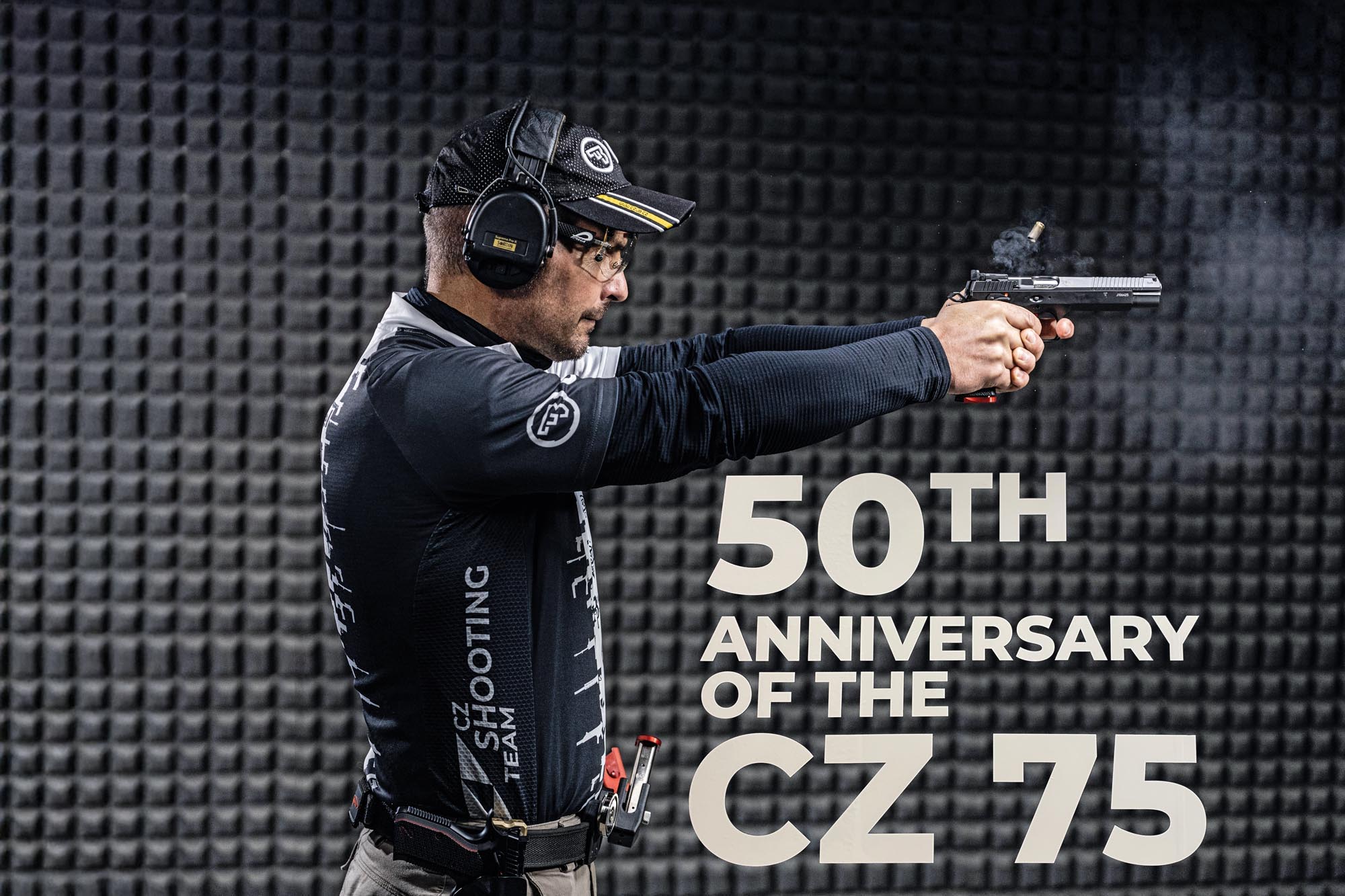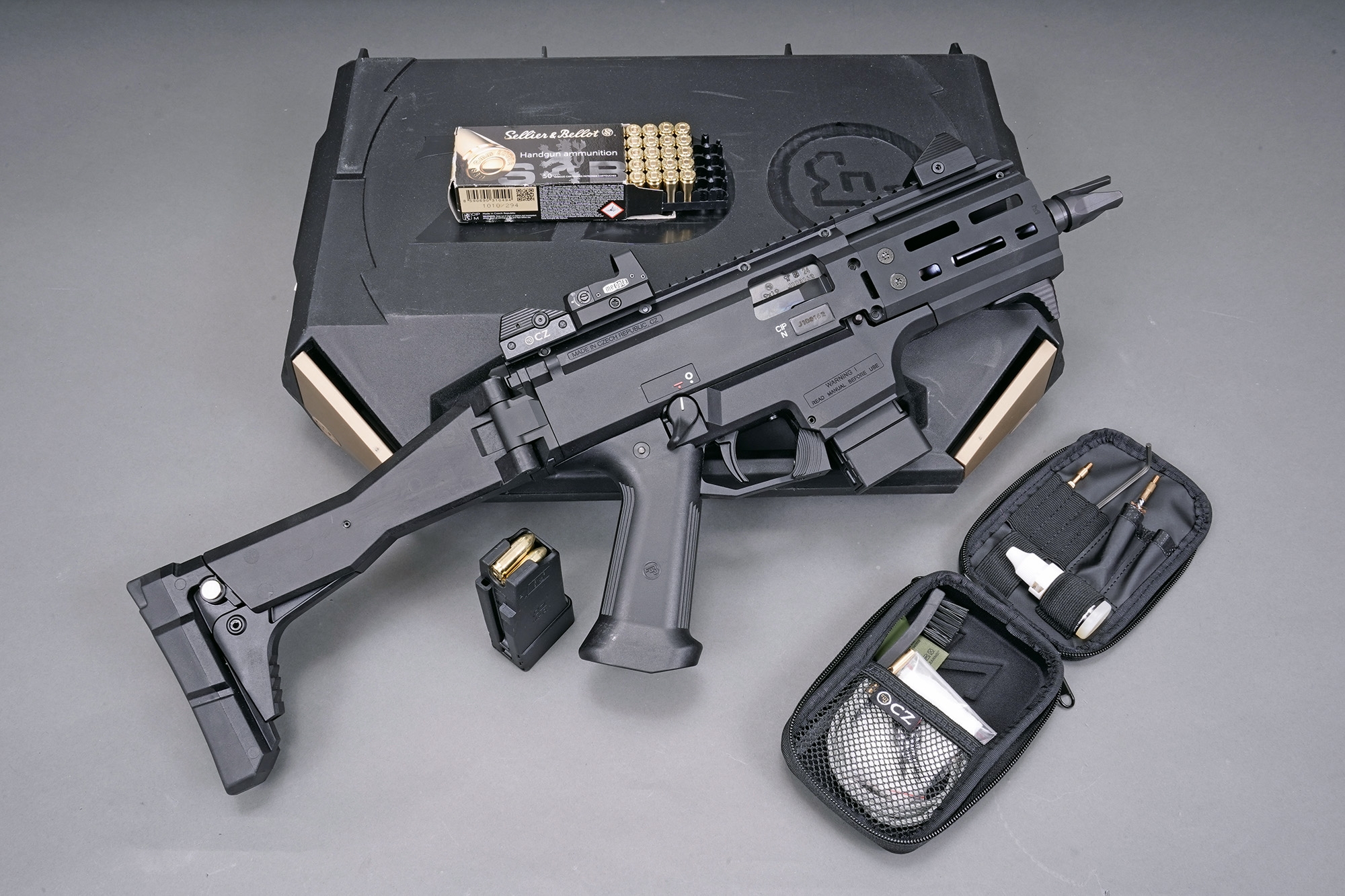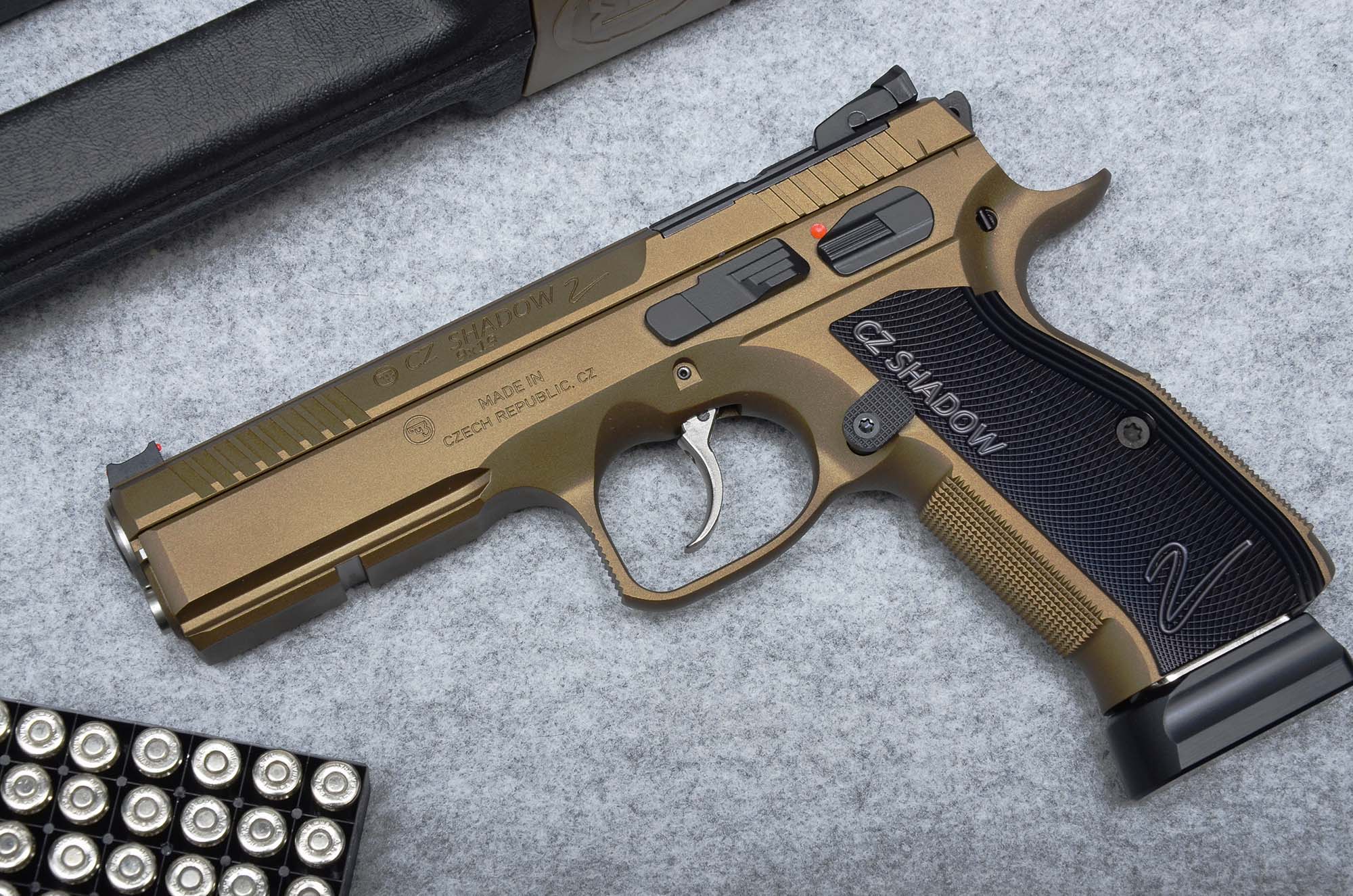The raccoon is an invasive species. It is not native to European forests. The raccoon (Procyon lotor) belongs to the procyonid family (Procyonidae) and originates from North America. The first raccoons were released in Germany in 1934 in Hesse. Brandenburg followed in 1945. While this happened in Hesse in an effort for "more biodiversity" and the attempt "to enrich the native fauna" by a poultry farmer at the Edersee, the release of raccoons in Brandenburg can be traced back to the escape from a fur farm in Wolfshagen. Thus, initially two separate raccoon populations were created in Germany, but today they are increasingly intermingled.
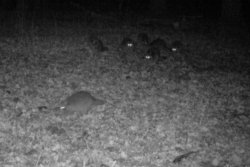
Whether the raccoon is a pest or not is controversial. The fact is that the raccoon is on the list of invasive alien species of Union concern (see list in EU Regulation No. 1143/2014), which includes organisms that area threat to native flora and fauna. For example, studies prove the detrimental effect of the raccoon on native biodiversity. In Saxony-Anhalt, breeding losses of population-influencing magnitude were detected in the red kite, swift, wryneck and pied flycatcher species.
Furthermore, negative effects on starling, black stork, eagle owl and various species of birds of prey could be detected. The hunting of the raccoon is therefore necessary. It is covered by the paragraph §1 of the German federal hunting law, which obliges "hunters" to maintain a species-rich and healthy game population. And you will hardly believe it, also the Greens are open to the hunting of such invasive species.
Raccoon hunting is done either with a trap or mostly with rimfire rifles such as the CZ 457 Varmint
Raccoon hunting is carried out in two ways. Besides hunting with traps, hunting with rimfire rifles plays a major role. In our case, it was a CZ 457 Varmint bolt-action rifle that accompanied us on the hunt. Our gun was chambered for the .22 Winchester Magnum cartridge (also known as .22 WMR). However, the CZ 457 bolt-action rifle is also available in .22 LR and .17 HMR. By the way, you can find a detailed review of the CZ 457 MDT, which was specially designed for the dynamic Precision Rifle Series (PRS) competitions that are currently in vogue, here at all4shooters.com.
Three good reasons why you should rather hunt raccoons with a rimfire rifle like the CZ 457 than with a centerfire rifle
Using rimfire rifles such as the CZ 457 Varmint has 3 advantages over standard calibers such as the .308 Winchester or the .30-06 Springfield:
Advantage number 1 is the cost. You get ammunition at a fraction of the price of centerfire ball ammo. We once made a comparison at Frankonia on their website. The cheapest ammunition in .308 Winchester was available there for about 1.60 euros per cartridge. A cartridge suitable for hunting in .22 Winchester Magnum is already available for less than 50 cents. But more on that later.
Advantage number 2 is that you can of course use this gun wonderfully for practice on the shooting range. The training effect is enormous and more favorable than with cartridges in standard centerfire calibers. In addition to the pleasant shooting behavior without noticeable recoil, another advantage comes into play on the hunt.

Advantage number 3 is namely that with the use of such rimfire rifles like the CZ 457 Varmint game can also be hunted more gently and in a sustainable way. This means that pelts are only minimally damaged. Nothing therefore stands in the way of further and thus sustainable utilization of the raccoon pelt.
For raccoon hunting, we also mounted a high-quality scope on the the CZ457 Varmint in the form of the Optika6 2.5-15x44 SFP RD from Meopta, a purebred hunting scope with reticle in the second focal plain (SFP for short). RD stands for Red Dot and indicates that the built-in reticle 4 here has an illuminated dot that can be adjusted in seven settings. The special thing about this Meopta riflescope is that the setting between each intensity level has an off position that turns the illuminated dot off. This saves energy, allowing you to quickly find your way back to the illumination setting you selected before turning it off. Hidden in the covered turrets is a 0.25 MOA-per-click adjustment that can be zeroed if needed. The slim hunting scope looks very good on a rimfire rifle such as the CZ 457 Varmint, and its size makes it suitable for use with front- or rear-mounted clip-ons.
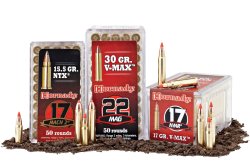
When it came to ammunition, we chose the .22 WMR V-MAX from Hornady. Per shot, you only invest around 0.48 euros for the Hornady .22 WMR V-Max if you buy two packs of 50 cartridges at Frankonia, for example. When looking at the plastic box in which the ammo is delivered, do not be surprised: The manufacturer carries the cartridge under the caliber designation "22 MAG," which is commonly used in the U.S. This ammunition in .22 WMR plays out its strengths to the maximum when hunting predatory game such as fox, raccoon dog or raccoon. With a bullet weight of just under 2 grams (30 grs = 1.94 g), the Hornady V-MAX performance-enhanced cartridge achieves a muzzle velocity of a good 670 m/s, up to 60 m/s higher than common .22 WMR cartridges with 2.6 gram (40 gr) bullets. The whole thing with barely noticeable recoil and without higher gas pressure.
And the effect? During our hunt on the Elbe lowlands, two raccoons were shot. And as already mentioned above, the .22 WMR from Hornady shows its advantages to the maximum in predator hunting. Both pelts had only minimal bullet holes, so that nothing stood in the way of further processing by the furrier.
In addition to the CZ 457 Varminter, the Meopta Optika riflescope and the Hornady 22 MAG, a lure was also used
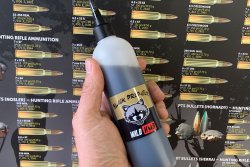
The hunt took place in a Natura 2000 area on the Elbe. Natura 2000 is an EU-wide network of protected areas for the conservation of threatened or typical habitats and species. It is based on the protected areas of the European Birds Directive and the Flora-Fauna-Habitat Directive (FFH protected areas). In these areas, hunting of certain invasive neozoa is extremely important. Adjacent to the area where we were traveling is such a bird sanctuary. Red kite, wood sandpiper, osprey and golden plover find a home here. Hunting the raccoon at the feeding place is a tried and tested means of keeping the neozoon away from the habitat of bird species that are worthy of protection. A special attractant from Wild Hub called Black Predator was used. This was specially developed for raccoons and exerts a magical attraction on the small predators. Of course, eggs can also be used as an attractant. In addition to these classics, fruit, corn, jam or nut nougat cream are also tried-and-true attractants. "Making nature safe with sweet things" probably sums it up best when it comes to hunting raccoons.
Here you will find more information about the CZ 457 Varmint rimfire rifle on the manufacturer's website.
For more details on the Optika6 2.5-15x44 SFP RD riflescope, visit the Meopta website.


